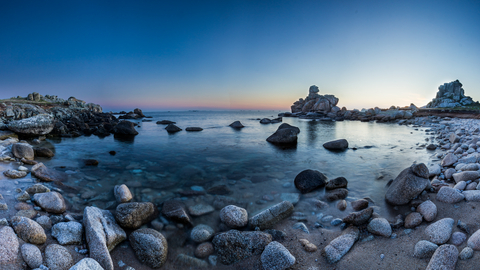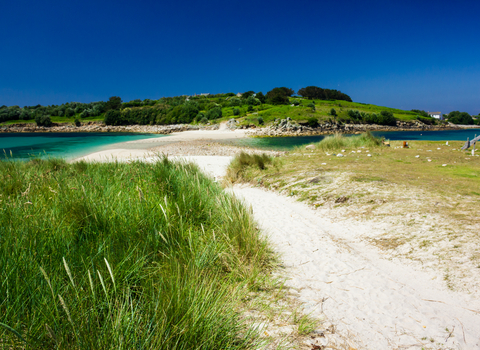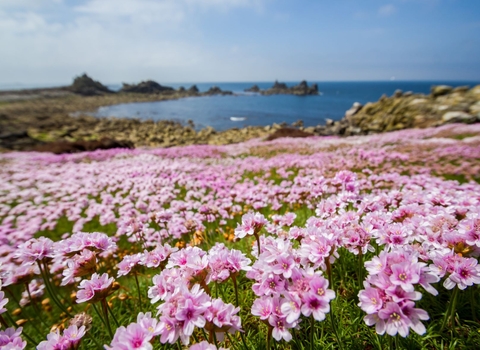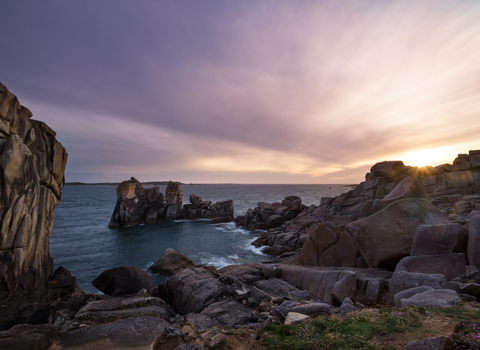Know before you go
Dogs
When to visit
Opening times
Open year roundBest time to visit
Spring, Summer & AutumnAbout the reserve
Wingletang Down on St Agnes is completely exposed to the Atlantic, giving it a sense of untamed beauty and a really wild atmosphere. The thin soils and extreme exposure have led to the development of wind-pruned 'waved heath,' as well as large areas of heather and bell heather, as well as maritime grassland around the coastline. Centrally, Wingletang is dominated by large stands of European gorse.
The heathland is particularly important for a number of nationally rare plants including the least adder’s-tongue fern, which only grows in this one spot in the whole of the UK. There are also populations of the rare small adder’s-tongue fern and orange bird’s-foot, whilst the grassland supports species such as autumn lady’s-tresses, western clover, Portland spurge and the nationally rare early meadow-grass.
The site also has a small breeding population of ringed plovers at Beady Pool, and a small colony storm petrels along the boulder beaches to the west.
The waved heath is managed naturally by the harsh environmental conditions, including salt spray and strong winds. The area is also lightly grazed, providing the short grassland conditions that many of the nationally rare plants need. We are also reducing the amount of European gorse in the centre of the site, and firebreaks have been created to reduce the risk from wildfires across the area. These areas are important for breeding birds such as stonechats, meadow pipits and linnets.




